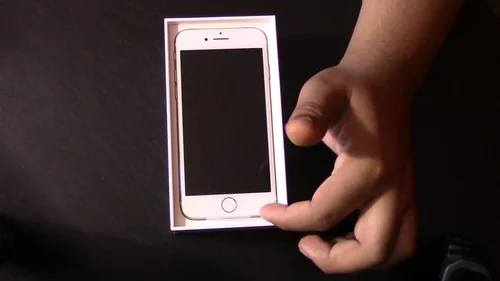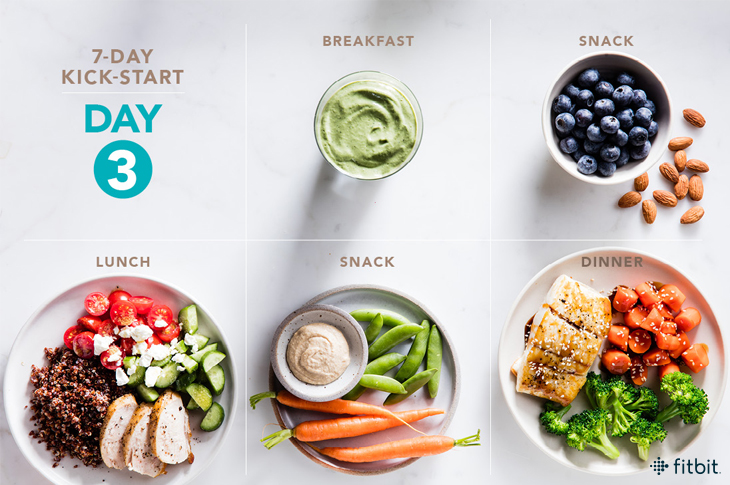Maintaining a healthy weight can improve your health and reduce the risk of chronic diseases. A clean eating challenge can help you learn to make healthy choices and develop a regular habit of healthy eating.
This diet plan has low-calorie meals to help you achieve a calorie deficit. It includes fruits, vegetables, and protein-rich foods to promote weight loss and boost energy levels.
Day 1: Fruits
Despite having low calories, fruits provide a good amount of energy to keep you going through the day. They also contain nutrients such as vitamin C and potassium, which help prevent heart disease and high blood pressure (8).
It is recommended to eat a variety of fruits for breakfast, lunch, and dinner. For example, you can have oranges and apples for breakfast, watermelon or honeydew for lunch, and berries or bananas for dinner (9).
You should also avoid eating any type of sugary processed foods, such as donuts or candy bars. Instead, try to eat fresh fruits throughout the day as they are low in calories and offer a natural source of sugar. It is also important to drink enough water. The hydration will help to flush out the toxins from your body.
Day 2: Vegetables
On day two of the GM diet, you can consume any vegetables in the boiled and raw form except for potatoes and bananas. Consume unlimited quantities of them accompanied by brown rice/half a chapati and lean meat. Alternatively, you can have a bowl of wonder soup that is made by boiling together cabbage, carrots and tomatoes in half a litre of water with some rock salt and herbs.
Try to fill your plate with more fruits and veggies and avoid foods like bread, pasta, cheese, high-fat milk and refined grains. Eat legumes like beans and lentils as well as low-fat fish and skinless poultry to get more protein in your diet. Protein is a necessary building block for your body and helps maintain muscle mass while losing weight.
Day 3: Meat
A very low-calorie diet plan is an effective tool to help you control hunger and cravings while losing weight. However, you should talk to a doctor before beginning any weight loss program. Maintaining a healthy weight has benefits that go beyond a number on the scale, and many health conditions are related to your overall weight. Yo-yo dieting can be hard on your body, and long-term weight loss is only possible by making healthy food choices on a regular basis. This 7 days weight loss challenge diet is designed to show you how to incorporate nutrient-rich fruits, vegetables and lean proteins into your meals while controlling hunger and cravings. Try it out! It’s not as difficult as it sounds. The first day may be challenging, but you’ll survive!
Day 4: Bananas
Bananas are rich in potassium, which is vital for maintaining normal blood pressure. They also contain a good amount of the electrolyte magnesium and vitamin B6.
The fiber in bananas (both soluble and insoluble) helps to soften stools, which prevents constipation. This is important, as a lack of fiber can lead to colon blockages.
A banana has a low glycemic index and provides slow-release carbs to keep your blood sugar stable and avoid hunger spikes. This makes bananas a good choice for athletes who need energy after a workout.
A banana contains copper, which improves immunity by protecting cells from damage during chemical reactions. It also helps in metabolizing iron and stimulating the production of white blood cells. Vitamin C in bananas promotes healthy cell function and fights inflammation caused by free radicals.
Day 5: Soup
There are many diets out there that promise substantial weight loss in a short period of time. These diets, often referred to as “mono diets,” are based on one food group. Examples include pizza diets, smoothie diets, and taco diets.
This diet, also known as the cabbage soup diet, requires a large quantity of homemade cabbage soup. Generally, it includes cabbage, tomatoes, onion, and a chicken- or vegetable-based broth. It also allows beef on day five to help meet protein requirements.
This recipe is low-calorie and filled with nutrients. It can be easily adapted by substituting ingredients to suit individual preferences and allergies. You can even add more vegetables to this dish such as kale, which is a great source of vitamins and minerals.
Day 6: Vegetables
Vegetables pack a huge nutritional punch and provide your body with all the essential vitamins, minerals, and fiber it needs to operate properly. They can also help reduce signs of aging and lower your risk of chronic diseases.
Peas may seem like a bland filler vegetable, but they are high in fiber and contain more protein than many other vegetables. They can also be a great source of potassium, which helps regulate blood pressure and balance electrolytes.
Brown rice, unlimited veggies (including spinach), and lean meat are allowed. You can also eat bananas whole or in a smoothie with milk and ice. This day allows a small amount of sugar-free juice as well.
Day 7: Meat
If you’re looking to lose weight, a healthy diet is essential. The 7 day weight loss challenge diet is designed to provide a well-rounded and nutritious intake that supports both weight loss and overall health. Incorporate nutrient-dense foods into your meals and stay hydrated throughout the day. Avoid sugary beverages like soda and fruit juices, which are high in added calories and have been linked to weight gain and health issues.
Choose lean meats and fish, low-starch vegetables, brown rice, fruits, bananas and milk to help you feel full and satisfied. Avoid consuming processed meats, as these are typically high in sodium and unhealthy fats. Talk to your doctor before starting the diet to ensure it’s a good fit for you. A physician can also provide guidance on a safe and effective exercise program that can help you torch more calories.










